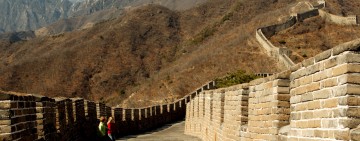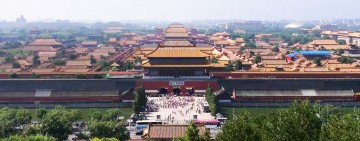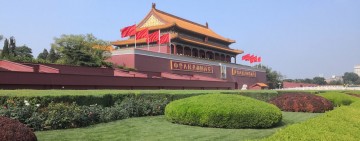What to Pack for Your Trip to China
Last updated on 2025-06-30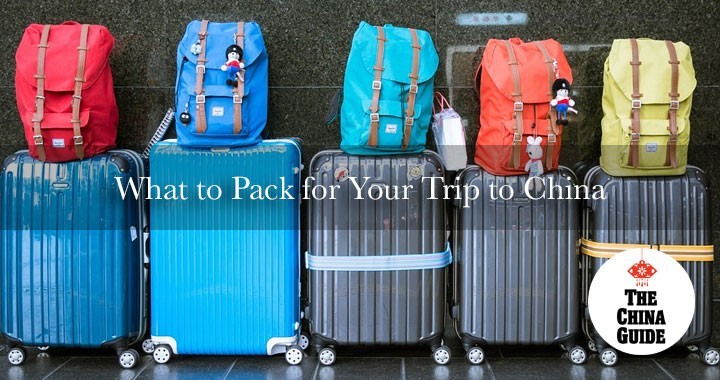
The thought of traveling in China evokes images of the Great Wall, imperial palaces, and delicious food. But as your trip draws near, the logistics of a big international journey can become overwhelming. We’re here to help make packing easier with the following checklist of essential items for your China adventure.
Travel Documents
Remember to bring your passport and visa (Learn how to apply for a Chinese visa here, or check if you are eligible for China’s visa-exemption policies here), along with any required permits. We also recommend saving a digital copy of your important documents on your phone or carrying printed copies in case the originals are lost.
Additionally, be sure to have a photo or printout of your flight itinerary, plus booking confirmations for hotels, trains, flights, and activities.
Medicine & Travel Insurance
If you take prescription medication, bring enough for your entire trip and include a copy of the prescription. It's also wise to have your doctor’s contact info on hand in case of any preexisting conditions. Pack a small medical kit with remedies for indigestion, vomiting, diarrhea, flu, and other common ailments—Western over-the-counter medicines that you rely on at home can be difficult to find in China.
We also highly recommend purchasing travel insurance before departure. It offers peace of mind and protection—both emotionally and financially—in the unlikely event of an emergency. Learn more about healthcare in China and travel insurance here.
Toiletries & Health Essentials
Most public bathrooms in large cities and popular tourist spots in China provide sitting toilets with cubicles. However, some may not stock toilet paper or hand soap. While these can often be purchased after arrival, we recommend bringing travel-sized hand sanitizer and a pack of tissues or toilet paper so you’re covered from the moment you land.
Female travelers should note that tampons are uncommon in China—sanitary napkins are more widely available—so it’s best to bring your preferred supplies. Deodorant can also be hard to find, so make sure to pack your own, as reliable options may not be available locally.
Sunscreen (SPF 30+) is essential even in winter, especially if you’re visiting high-altitude regions like Yunnan or Tibet. The thinner atmosphere at elevation offers less protection from ultraviolet rays.
Air quality remains a concern in many major Chinese cities, particularly in northern regions during winter (November–February), and pollen season often coincides with March and April. While most travelers tolerate occasional smog and pollen without any major health effects, vulnerable individuals—such as the elderly, small children, or those with asthma—should plan accordingly.
We strongly recommend bringing a mask to shield against smog and airborne viruses. While masks are available in China, it’s safer to bring your own. Disposable masks are ideal for shorter trips. Brands like 3M N95 or N99 are well-known and effective.
You can track current and forecasted air quality in Chinese cities here.
Plug Adapters & Power Converters
China primarily uses Type A and Type I sockets, both rated at 220 V / 50 Hz, which differs from the 110 V / 60 Hz standard used in the U.S. and Canada. Common power sockets in China look like the one below:
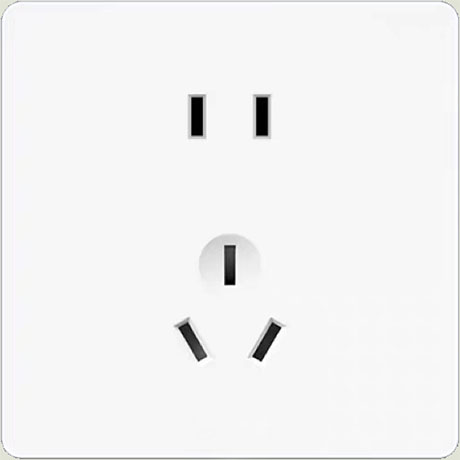
If you’re bringing gadgets from the U.S. or Europe, you’ll likely need a universal travel adapter. Some hotels may have some for loan, but it is better to bring one with you.
Most modern electronics—like phone and laptop chargers—are dual-voltage (100–240 V, 50/60 Hz), so a simple plug adapter is usually all that’s needed. Just verify the label (“Input: 100–240 V”) before packing.
However, older or single-voltage appliances (e.g., hair dryers, curling irons, some shavers) may only support 110 V. If you plan to use one of these, you’ll need a voltage converter or transformer to step up or down the voltage accordingly.
The Right Clothing
China is a large country, so packing clothes for a trip there can be challenging, especially when you plan to visit multiple places with different climates. Be sure to check the climate of the regions you will visit before your trip.
In general, we recommend bringing light, comfortable, quick-drying clothes, especially if you will be traveling during the warmer months. Packing clothes that can be layered is important, as temperatures may vary throughout the day.
We suggest bringing sunglasses and a brimmed hat to help protect you from the sun, since you’ll likely spend a lot of time outdoors during your trip. Perhaps most importantly, be sure to bring comfortable shoes, as many of China’s attractions are large and require quite a bit of walking to explore fully.
Raincoats or umbrellas can be bulky and are often available at inexpensive prices upon arrival, so it’s not necessary to pack them unless you have enough space in your suitcases.
Many hotels offer laundry services, which is something to consider especially when packing for a long trip.
Baggage Allowance for Domestic Flights
Already packed everything and can’t wait to start your China trip? Wait a minute! If your trip includes domestic flights, don’t forget to check whether your baggage meets the allowances set by Chinese airlines.
In China, different airlines may have varying baggage regulations. However, generally following these guidelines will allow you to fly on most domestic flights without any problems:
Economy Class:
- Carry-on baggage: One piece per passenger, with a maximum weight of 5 kg and dimensions not exceeding 55 × 40 × 20 cm. Overweight or oversized items must be checked in.
- Checked baggage: A total allowance of 20 kg per passenger, with no restriction on the number of pieces. Each piece must not exceed 100 × 60 × 40 cm in size and 32 kg in weight.
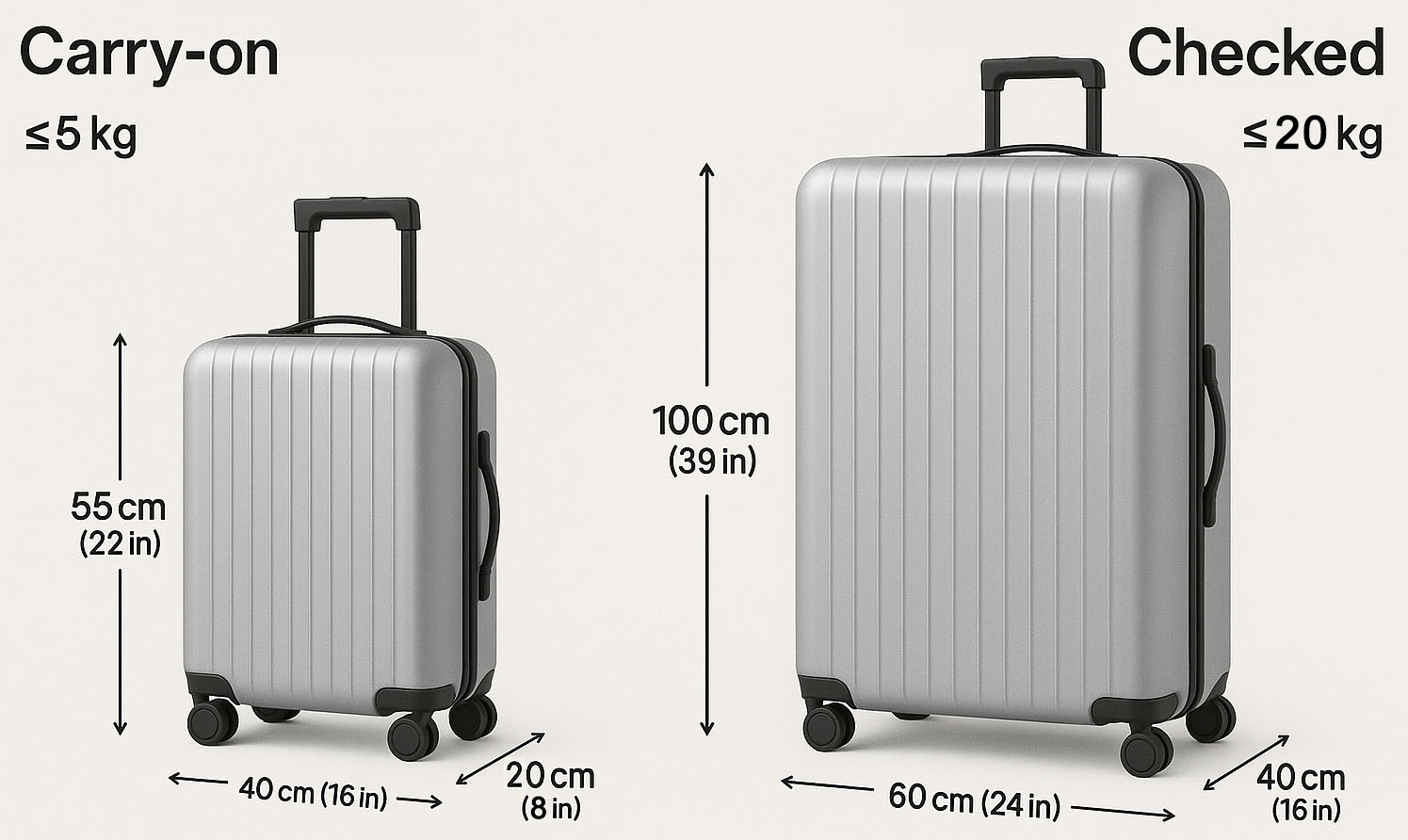
Business/First Class:
- Carry-on baggage: Two pieces per passenger, each weighing no more than 8 kg, with dimensions not exceeding 55 × 40 × 20 cm. Overweight or oversized items must be checked in.
- Checked baggage: A total allowance of 30 kg per passenger, with no restriction on the number of pieces. Each piece must not exceed 100 × 60 × 40 cm in size and 45 kg in weight.
Please Note: Some budget airlines may offer discounted fares that do not include free checked baggage. Passengers are advised to review the baggage policies associated with their tickets carefully to avoid additional charges at the airport.
Baggage Allowance for Trains
On China’s bullet trains, each adult passenger is allowed to carry up to 20 kg of baggage free of charge, while each child may carry up to 10 kg. The combined dimensions (length + width + height) of each piece of baggage must not exceed 130 cm, and the weight must not exceed 20 kg.
According to official regulations, any luggage that is overweight, oversized, or exceeds the free allowance must be consigned to a freight car for an additional fee. However, railway staff typically do not weigh or measure baggage, so most suitcases can be taken onboard unless they appear excessively large or heavy.
Prohibited Items on Planes and Trains
When traveling by plane or train in China, prohibited items generally include bicycles, animals, explosives, compressed gases, flammable liquids, and other hazardous items such as knives or sharp objects. All luggage must pass through an X-ray screening upon entering the airport or train station.
Liquids exceeding 100 ml are prohibited on planes. Additionally, only power banks bearing a clear China Compulsory Certification (3C or CCC) label are allowed onboard in mainland China. The capacity of the power bank must not exceed 100 Wh.
—
The China Guide is a Beijing-based travel agency that customizes private tours and educational student tours across China. We have more than fifteen years of experience crafting tours for tens of thousands of travelers from the United States, Canada, Australia, the United Kingdom, Germany, France, Spain, and beyond. We promise all our tours have no hidden fees, no shopping stops, no touristy restaurants, just memorable experiences! Learn more about us or contact us to start planning your perfect China trip.


